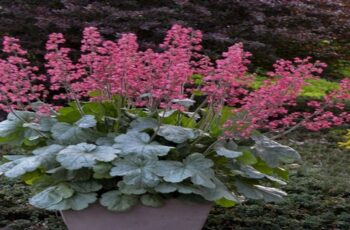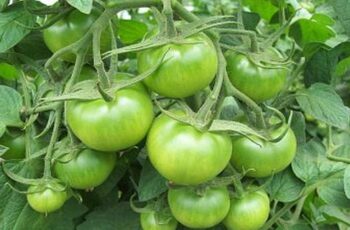Ad Blocker Detected
Our website is made possible by displaying online advertisements to our visitors. Please consider supporting us by disabling your ad blocker.
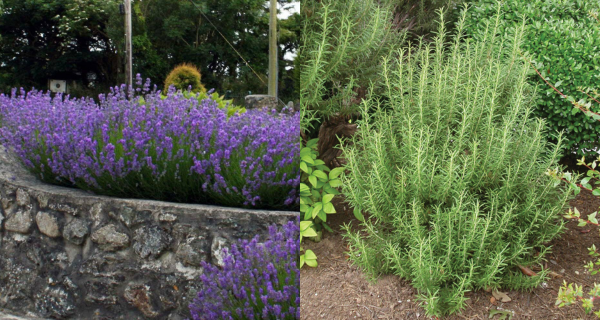
How To Grow A Rosemary Hedge (& 10 Reasons Why You Should)
Plants utilized as hedges offer numerous advantages, such as providing privacy, defining a space, and adding architectural appeal to the garden. However, envision a hedge that not only fulfills these functions but also serves as a source of food, medicine, and shelter for beneficial wildlife, and emanates a delightful fragrance, all while being visually stunning.
10 Reasons Why You Should Grow A Rosemary Hedge
A rosemary hedge can achieve all the above and much more!
10 Reasons To Plant A Rosemary Hedge
-
Create Privacy with a Rosemary Hedge
Rosemary varieties that grow in an upright manner are well-suited for creating hedges. Typically, these varieties can attain heights of 4 to 6 feet and widths of 2 to 3 feet. However, the ‘Tuscan Blue’ rosemary cultivar stands out as one of the tallest and most impressive varieties, with the potential to reach over 7 feet in height. In addition, this cultivar boasts beautiful, deep blue flowers.
-
Delineate Garden Sections with a Rosemary Hedge
Rosemary is an ideal plant for formal gardens as it can be easily shaped and pruned to the desired shape. Moreover, its ability to attract beneficial insects while deterring pests like cabbage moths, mosquitoes, and flies makes it a highly valuable plant. It can be utilized to encircle a vegetable patch, line a pathway, or create a fragrant border around a patio.
-
Use a Rosemary Hedge as a Fragrant Windbreak
The sturdy, woody branches of rosemary enable it to withstand windy conditions, while simultaneously infusing the air with its invigorating aroma.
-
Rosemary In Blossom – Bring on the Bees & Butterflies
Rosemary produces a profusion of blooms on the previous year’s woody growth at the leaf axils. Depending on the cultivar, these tiny flowers can appear in various shades including white, rose, purple, and blue. Being a Mediterranean herb and a member of the mint family, rosemary is highly attractive to bees and butterflies.
-
Beautiful in Drought, Wind, and Sun
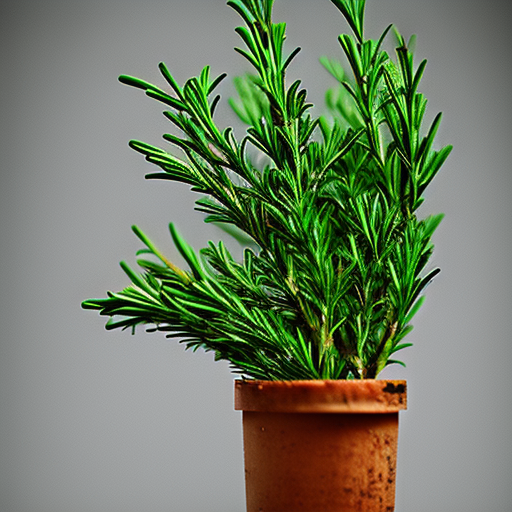
Rosemary is a robust and attractive plant that requires minimal watering once it has established itself. Typically hardy in zones 8 to 10, this hardy herb can withstand challenging conditions. Certain cultivars such as ‘Arp’ and ‘Blue Spires’ have even been known to tolerate colder climates with hardiness down to zone 6.
Rosemary is a robust and attractive plant that requires minimal watering once it has established itself. Typically hardy in zones 8 to 10, this hardy herb can withstand challenging conditions. Certain cultivars such as ‘Arp’ and ‘Blue Spires’ have even been known to tolerate colder climates with hardiness down to zone 6.
-
Heavenly Scented
The practice of aromatherapy has been in existence for many centuries if not millennia, and rosemary is widely regarded as one of the most effective essential oils for therapeutic purposes.
In the Victorian Language of Flowers, rosemary was a symbol of remembrance. Recent research indicates that inhaling the fragrance of rosemary can enhance memory, brain health, and cognitive function. Lavender, another fragrant herbal option, serves as an excellent companion plant to rosemary and can be used to create aromatic hedges.
-
Rosemary, Break Out of the Ordinary
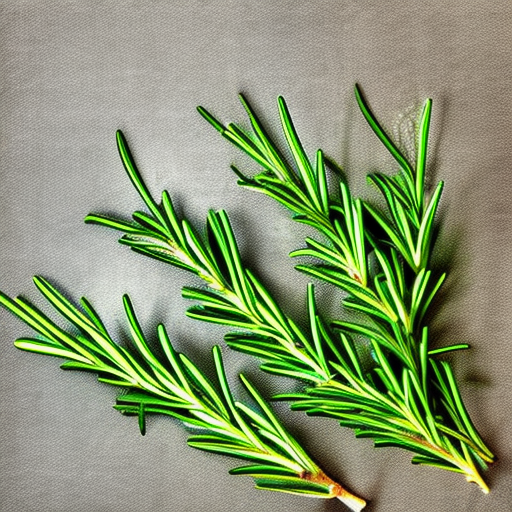
Rosemary is a versatile culinary herb with a wide range of uses. Its most common application is for flavoring poultry dishes and stuffing. Rosemary’s lively, pungent aroma can also enhance the taste of many popular meat dishes.
Additionally, this refreshing herb adds a delightful taste to grilled, roasted, and stewed vegetables, soups, cheeses, oils, vinegar, dressings, and condiments. Rosemary can even be used to infuse cooked grains and pilafs, making it a valuable ingredient in the kitchen.
While most rosemary plants possess blends of woodsy, sage, citrus, and pepper flavors, certain cultivars such as ‘Barbeque’ and ‘Spice Islands’ are known for their exceptional taste. With an herbal rosemary hedge, you can unleash your culinary creativity and experiment with various dishes. There will be an ample supply of rosemary to add deliciousness to your cooking endeavors.
-
Food for Thought
Not only is rosemary a delicious herb that can be added to many dishes, but it also possesses numerous health benefits. For instance, rosemary tea can aid in digestion, reduce blood sugar levels, and protect brain cells.
By incorporating rosemary into tonics, teas, and meals, you can enjoy a powerful combination of antioxidant, anti-inflammatory, and antimicrobial properties present in the leaves, stems, and flowers of the plant. Rosemary tea infused with lemon or orange is an especially potent pick-me-up that can increase mental focus.
To prepare rosemary tea with lemon or orange, simply boil 1 1/2 cups of water and add 1 teaspoon of fresh or dried rosemary, along with a wedge of lemon or orange. Sip a cup of this rejuvenating tea before tackling a challenging task.
-
Rosemary Is an Herbalist’s Dream
Once you’ve pruned and shaped your beautiful rosemary hedge, you’ll have a wealth of herbal home remedies to explore, from essential oils to extracts and tinctures. Rosemary contains a range of beneficial substances, including those with anti-microbial, stimulating, aromatic, and astringent properties.
Rosemary’s antimicrobial and antibacterial activity make it a key ingredient in the famous Thieves’ oil, which is said to have protected grave robbers during the medieval Black Plague. Additionally, rosemary is an excellent addition to homemade cleaning solutions due to its natural antimicrobial properties.
-
Rosemary’s Durable Branches Make Wonderful Crafts
Rosemary is a delight for crafters, offering a range of possibilities from fragrant wreaths to pretty bottles of infused oils. Its abundant woody stems also have the added benefit of being long-lasting.
